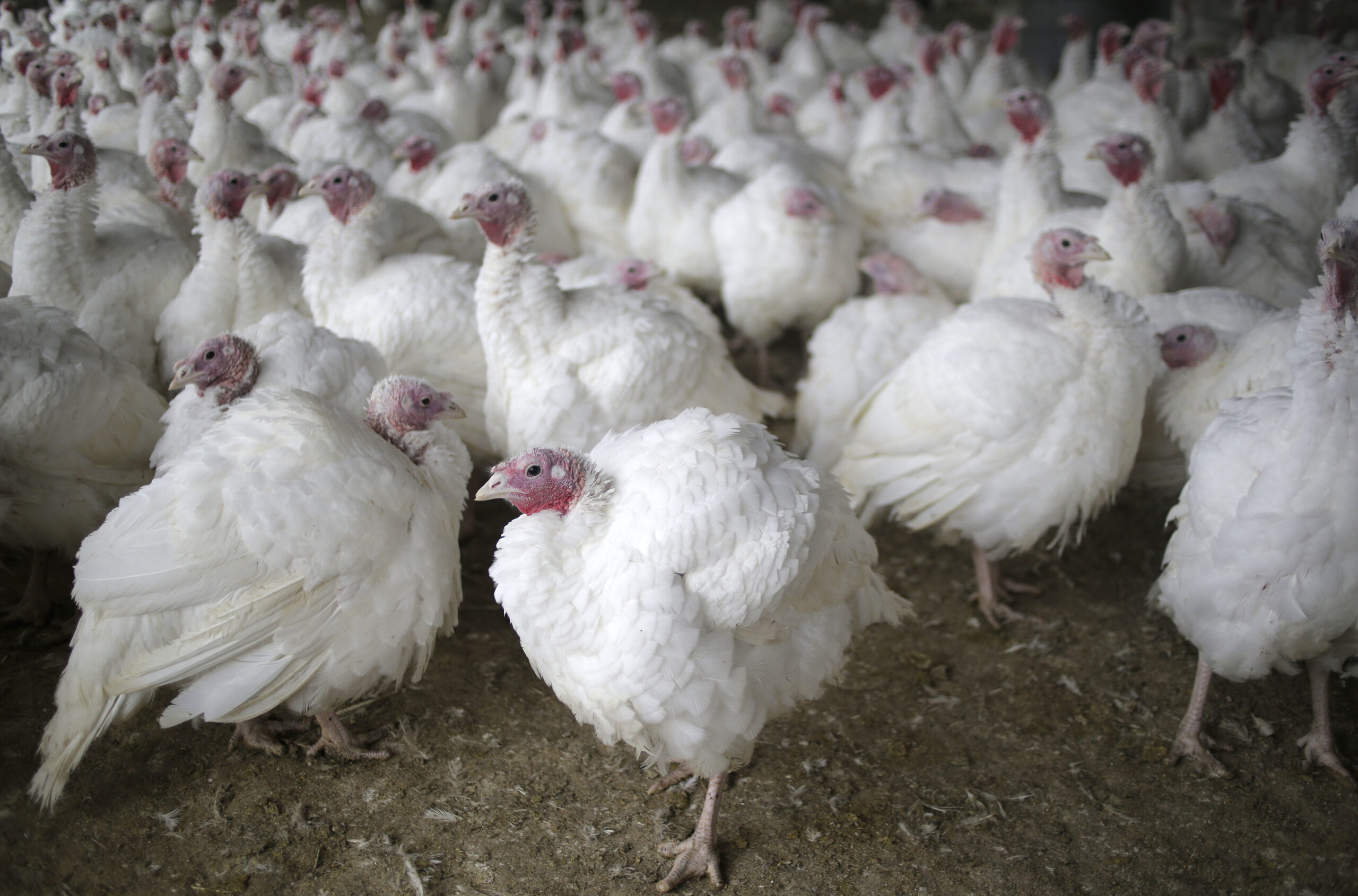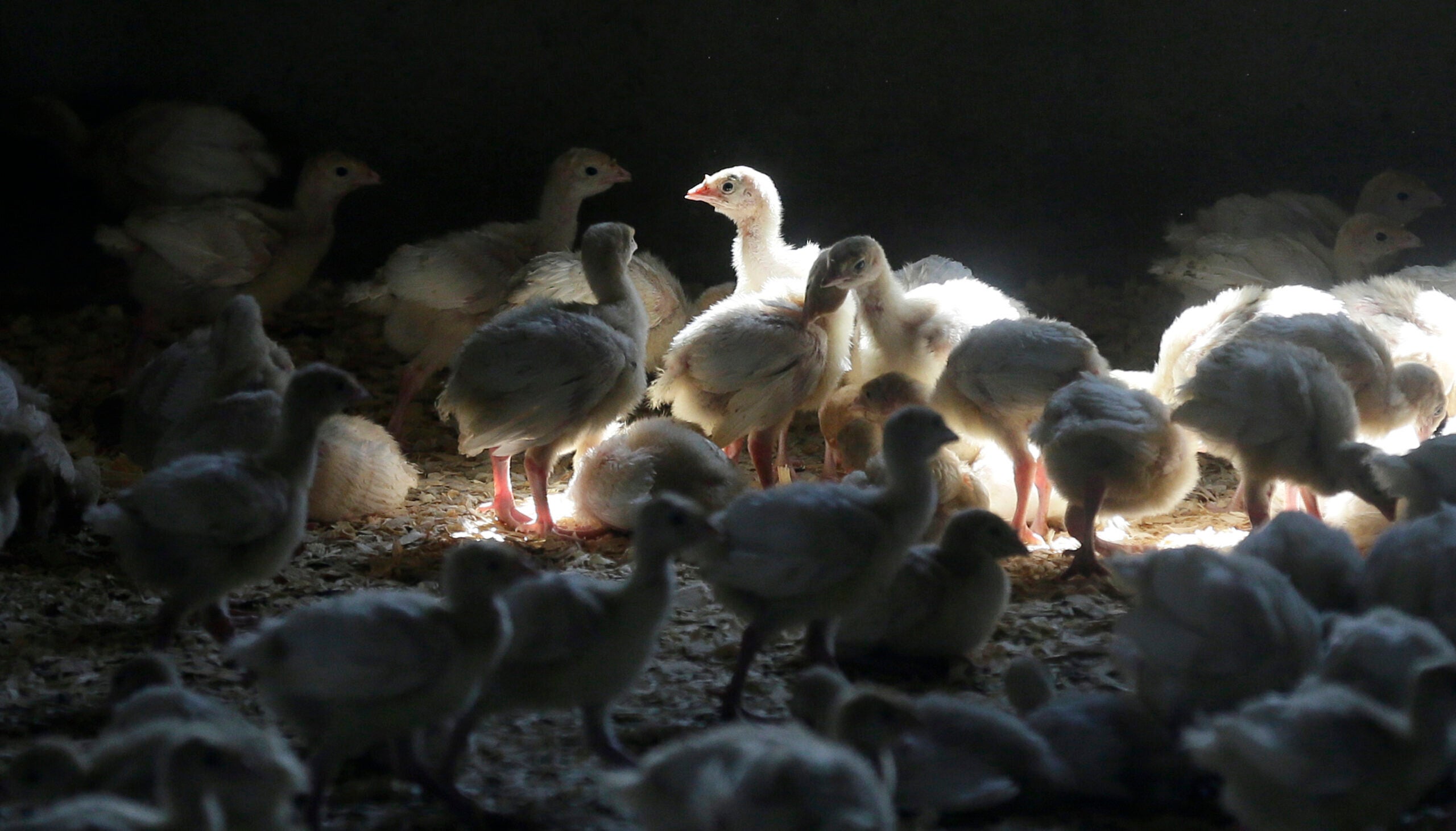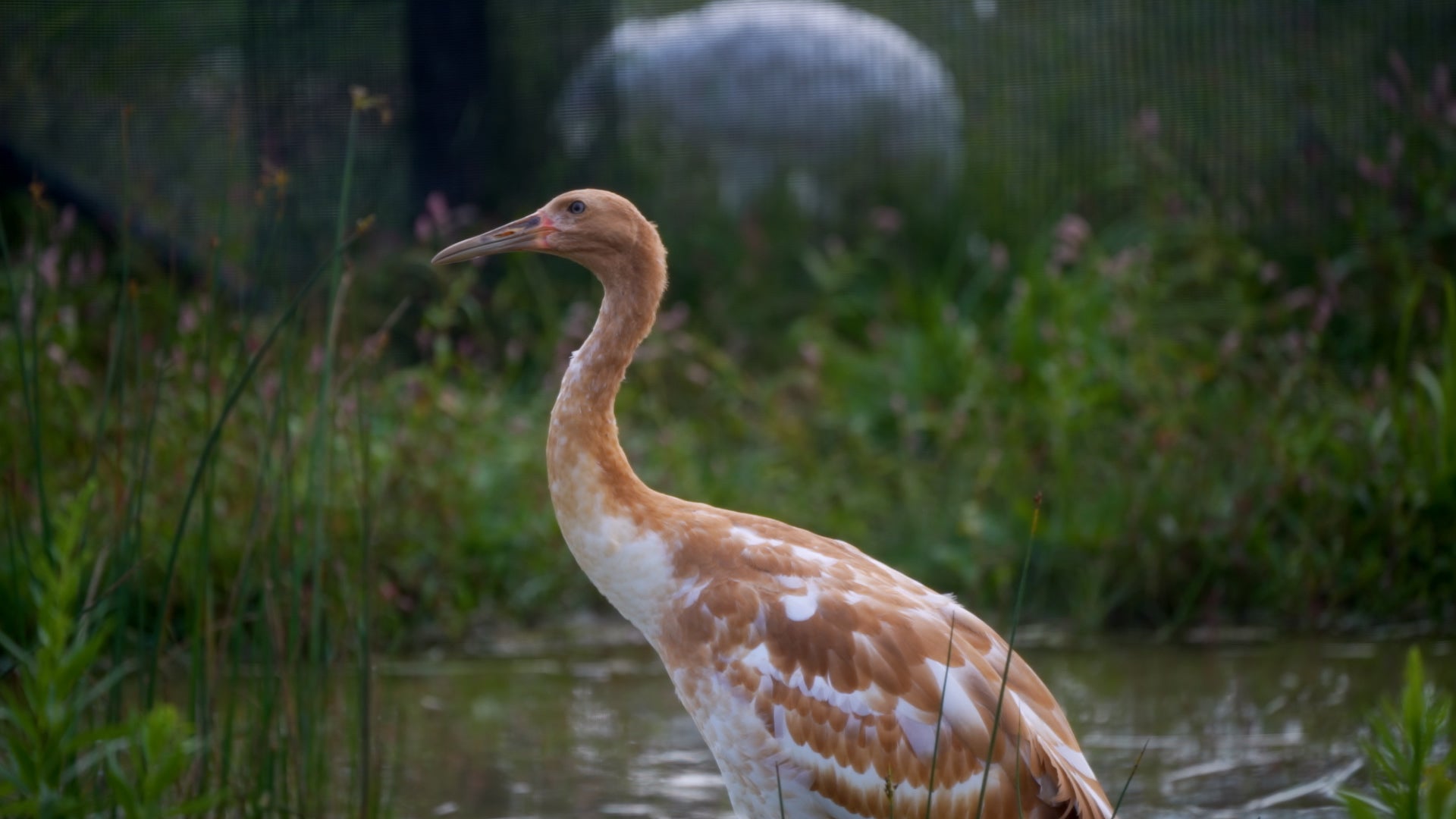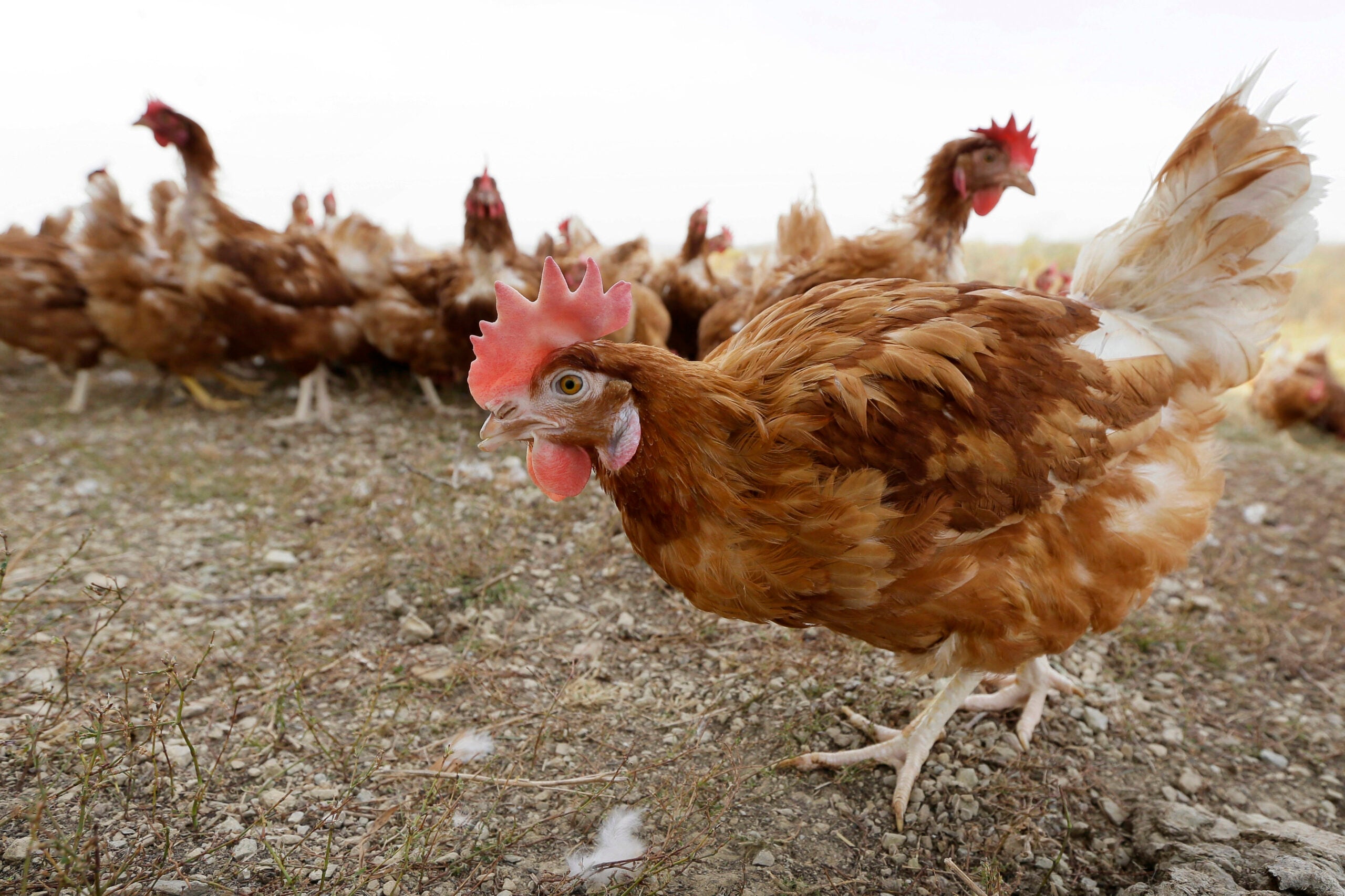After a three-month lull, highly contagious avian influenza is back in Wisconsin.
The state Department of Agriculture, Trade and Consumer Protection confirmed the disease in a non-commercial flock in Washington County last week. It’s the first case in Wisconsin since the end of May. DATCP also reported that Minnesota and Indiana confirmed new cases last week after a summer without activity.
Last spring, eight commercial flocks and 14 backyard or small farm flocks were culled across Wisconsin because of the disease. It’s the first time the state’s poultry owners have dealt with the highly pathogenic avian influenza since 2015.
News with a little more humanity
WPR’s “Wisconsin Today” newsletter keeps you connected to the state you love without feeling overwhelmed. No paywall. No agenda. No corporate filter.
Animal health experts had previously forecast that the virus would die down in hot summer weather before resurging this fall. But state veterinarian Dr. Darlene Konkle said monitoring for the disease in wild birds showed that avian influenza never fully left Wisconsin or other Midwest states.
“Even from late spring, early summer, there were still some detections and wild birds here and there,” she said.
She said the fall migration season has begun for some bird species, which could be why the state has seen another case in a domestic flock.
DATCP is suggesting flock owners once again take added precautions to clean shoes and equipment, prevent contact with wild birds and limit visitors to their flocks or farms.
Nick Levendoski, owner of Sunnyside Hatchery in Beaver Dam, said this year’s battle with avian influenza feels different from the 2015 outbreak. He said the previous outbreak was a different strain of the virus that did not have the same impact on wild birds.
“Back in 2015, the highly pathogenic avian influenza virus was never seated in the environment like we’re seeing right now,” said Levendoski, who is also president of the Wisconsin Poultry and Egg Industries Association. “Producers and their veterinarians and staff are just preparing for this to be more of a long term challenge because it is so prevalent in the wild as well.”
He said producers in Europe have continued to see a similar virus strain pop up again and again. And he thinks that could be the case in the U.S. as well, with the disease impacting domestic flocks every spring and fall during migration season.
Konkle said it’s difficult to predict how long the virus will stick around, but she agrees that poultry producers need to be ready for the disease be present through 2023.
“I think we all need to be prepared for a little more long term situation with dealing with this virus, certainly through the winter months and into next spring,” she said.
Levendoski said most poultry producers have insurance that will help purchase new birds if a flock has to be culled. But he said all producers have to deal with the extra time it takes to ensure they’re following safety protocols, testing for the disease and applying for permits needed to sell and move birds between states.
“Their farm may have been clear of the highly pathogenic avian influenza virus. But if they had a neighbor within, you know, a 10-kilometer radius that was positive, there’s just an awful lot of permitting, a lot more inspections. You know, those kinds of costs definitely add up,” he said.
Levendoski said he did see apprehension among his customers last spring, mostly backyard flock owners and producers who raise poultry for local markets. But he said sales picked back up in early summer when the state lifted avian influenza precautions. Even with the threat of the disease’s return, he said the overall demand for new birds hasn’t been affected too much.
“The one thing that kind of helped to solidify their decisions is otherwise expensive meat and eggs at the grocery store. You know, a lot of folks felt it was still worth the risk, taking a chance to be self-sufficient or to provide for farmers markets and stuff,” Levendoski said.
He said those grocery store costs could go up further this winter if virus transmission worsens and the supply of turkeys from large commercial operators is limited heading into the holiday season.
Wisconsin Public Radio, © Copyright 2026, Board of Regents of the University of Wisconsin System and Wisconsin Educational Communications Board.




